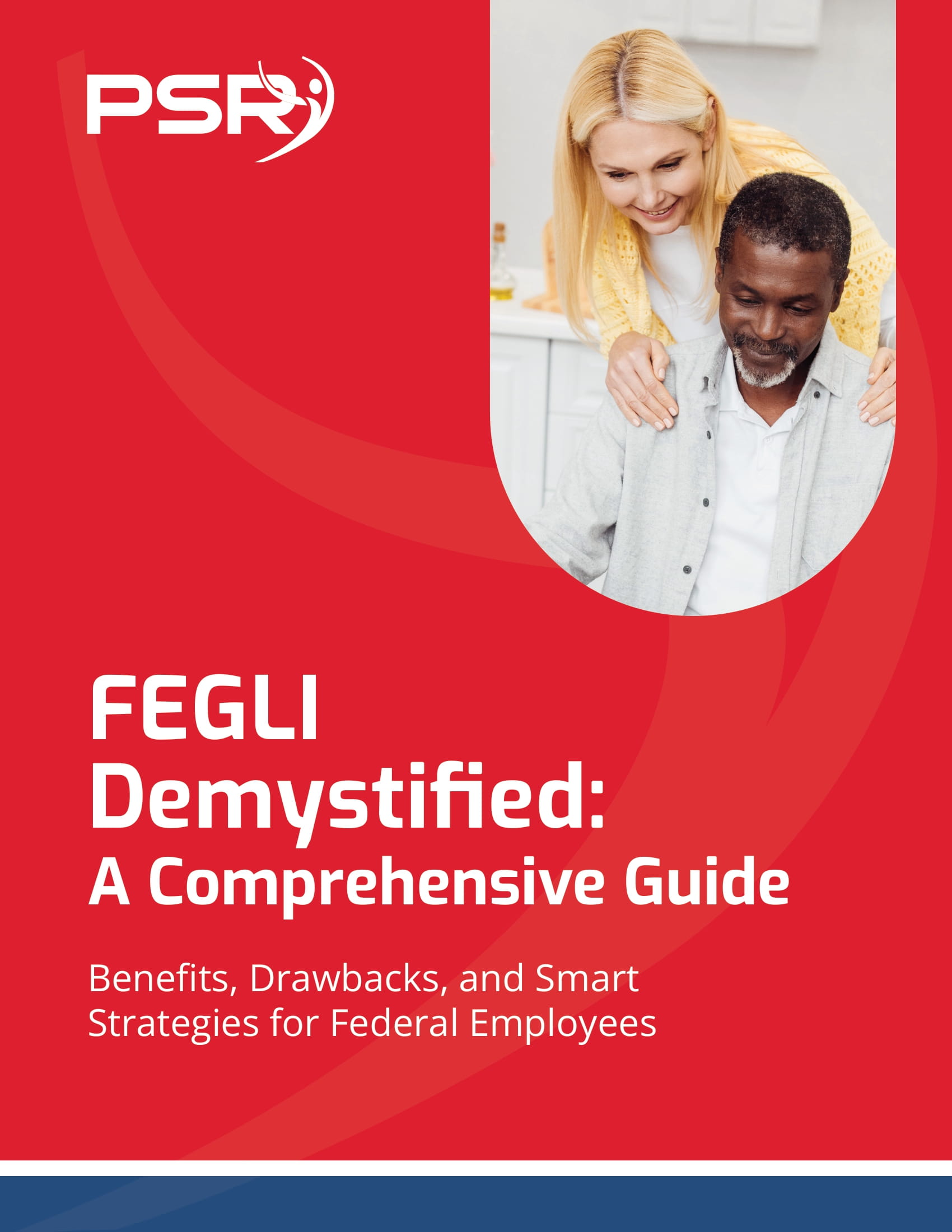Key Takeaways
-
The landscape of federal employee benefits is shifting in 2025, with significant changes expected in healthcare coverage, retirement contributions, and leave policies. Knowing these changes will help you stay ahead and avoid costly surprises.
-
Federal employees must carefully review their benefit options as new rules take effect. From healthcare premiums to retirement savings plans, the adjustments in 2025 may impact long-term financial stability.
Federal Employee Benefits That Could Be Changing in 2025—Are You Ready for the New Rules?
- Also Read: FAA, Law Enforcement, and Special Federal Employee Categories—Here’s What Makes Their Retirement Unique
- Also Read: Blending Private and Public Sector Retirement Plans Is Complicated—Here’s Where Couples Get It Wrong
- Also Read: The Silent Shift in Postal Service Retirement Benefits That Could Change Everything by 2026
Rising Healthcare Premiums: What You Need to Know
One of the most anticipated changes for 2025 is the rise in healthcare premiums under the Federal Employees Health Benefits (FEHB) program. With an average increase of 13.5% expected, current and retired federal employees need to brace for higher costs. Although FEHB offers a variety of plan options, the rise in premiums could mean that many federal workers will need to re-evaluate their choices during the next open season.
While federal employees and retirees will still have access to comprehensive healthcare coverage, it’s important to remember that premiums for the most popular plans are expected to be notably higher. Whether you’re adjusting your plan or opting for a new one, consider your medical needs and financial situation carefully before making any decisions for the upcoming year. Moreover, retirees should explore how FEHB coordinates with Medicare to reduce out-of-pocket expenses and keep costs manageable.
The End of FEHB for USPS Employees
If you’re a postal worker, you need to pay attention to one of the biggest changes coming in 2025: the transition from FEHB to the new Postal Service Health Benefits (PSHB) program. This shift marks a significant overhaul of the way healthcare is provided to USPS employees and retirees. While PSHB will still offer comprehensive coverage similar to FEHB, it will be specifically tailored to postal workers.
It’s essential for postal employees and retirees to familiarize themselves with the new PSHB options and understand how this transition will affect them. With PSHB designed to meet the specific needs of postal workers, the new program may offer benefits that are more aligned with the demands of postal employment, but it’s equally crucial to review the changes thoroughly to avoid unexpected coverage gaps or higher costs.
Retirement Savings: Adjustments to TSP Contributions
The Thrift Savings Plan (TSP) remains a key pillar of federal employee retirement planning. However, changes in contribution limits for 2025 may impact how much federal employees can set aside for their future. The SECURE 2.0 Act, which takes full effect in 2025, will introduce higher catch-up contribution limits for federal employees aged 60 to 63, allowing them to contribute more to their TSP accounts during their final years of employment.
For 2025, the standard contribution limit for TSP is expected to rise to $23,000, while the catch-up contribution limit for older employees will remain at $7,500. This means employees aged 50 and above could contribute up to $30,500 annually. These changes offer a valuable opportunity for employees nearing retirement to boost their savings, but they should also plan carefully to maximize this benefit without overextending their budgets.
FEDVIP Premiums: Vision and Dental Coverage Costs Are Rising
FEDVIP, the Federal Employees Dental and Vision Insurance Program, will also experience premium increases in 2025. Like FEHB, this program’s costs will rise, affecting both current employees and retirees. Since vision and dental health are critical aspects of healthcare, federal workers need to consider whether the benefits of FEDVIP are worth the higher costs or if alternative plans might offer better value for their individual needs.
Former spouses of federal employees, however, remain ineligible for FEDVIP, even if they continue to receive FEHB coverage. This creates an additional consideration for those who may need to seek separate coverage for dental and vision care. It’s essential for all federal employees and retirees to review their FEDVIP options and evaluate how the increased premiums will fit into their overall healthcare and financial planning strategies for 2025.
Long-Term Care Insurance Under Scrutiny
The Federal Long-Term Care Insurance Program (FLTCIP) is another area undergoing review. While specific changes for 2025 have not yet been confirmed, the Office of Personnel Management (OPM) has indicated that adjustments to the program could be on the horizon. With healthcare costs rising and life expectancy increasing, long-term care insurance is becoming more critical for many federal employees and retirees.
Employees considering long-term care insurance should keep an eye out for announcements regarding changes to FLTCIP in 2025. Evaluating whether this insurance is necessary based on your age, health, and family situation will be key to determining whether it makes sense to opt into this coverage or seek private alternatives.
Early Retirement Options: New Considerations
Federal employees nearing retirement have always had options for early retirement, but new rules in 2025 could change the way they approach this decision. The MRA+10 (Minimum Retirement Age + 10 years of service) option remains available, allowing employees to retire early with reduced annuities if they don’t meet the age 62 threshold.
In 2025, early retirees need to be more cautious about how their decision will impact their financial stability. Annuities are reduced by 5% for every year under age 62, and while the FERS Special Retirement Supplement is available to certain groups like law enforcement officers, it doesn’t apply to all employees. The combination of rising healthcare costs and reduced annuities could make early retirement a more challenging decision in 2025 than it has been in previous years.
Sick Leave and Annual Leave Policies: Use It or Lose It?
Leave policies for federal employees could also see some modifications in 2025. While no official announcement has been made yet, there’s speculation that the “use it or lose it” policies related to annual leave may be adjusted to give employees more flexibility in carrying over unused leave.
Sick leave, which currently can be accumulated and counted toward retirement, is not expected to change, but it’s always important to stay up-to-date with OPM guidance to avoid losing out on valuable leave time. Employees planning to retire soon should pay close attention to any changes in annual leave policies to ensure they make the most of their benefits before stepping away from federal service.
The Role of Medicare in 2025: Coordination with FEHB
Many federal employees nearing retirement wonder how their FEHB coverage will coordinate with Medicare once they turn 65. In 2025, it remains crucial for retirees to consider how combining FEHB with Medicare can reduce out-of-pocket healthcare expenses.
While FEHB offers comprehensive healthcare options, Medicare can act as a supplementary coverage to fill in gaps, such as covering copayments, deductibles, and other expenses. Retirees should review their healthcare needs and consider enrolling in Medicare Parts A and B when eligible, as delaying enrollment can result in higher premiums later on. By coordinating FEHB with Medicare, retirees can achieve more cost-effective healthcare coverage.
Preparing for the 2025 Changes
Federal employee benefits are evolving in response to rising costs and changing regulations. The expected adjustments in healthcare premiums, TSP contribution limits, and leave policies are just a few of the shifts that federal employees and retirees need to watch for in 2025. Staying proactive, reviewing your options carefully, and making informed decisions will ensure that you can navigate these changes without jeopardizing your financial security. By preparing now, you’ll be ready to make the best choices for your retirement and healthcare needs as the new rules take effect.












